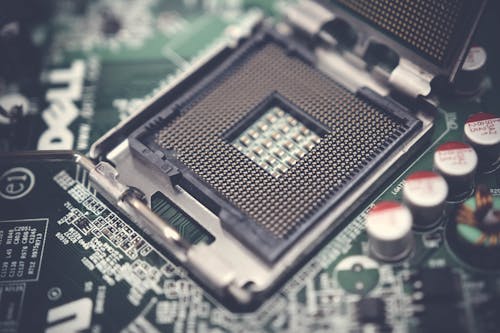In the dynamic world of gaming technology, where innovation drives progress, a new contender has emerged on the scene, poised to redefine the boundaries of interactive entertainment. This revolutionary gaming engine represents a leap forward in game development, promising to deliver immersive experiences that push the limits of realism and interactivity. Let’s delve deeper into the features, advantages, and potential drawbacks of this groundbreaking technology.
Unprecedented Realism and Immersion
At the heart of this new gaming engine lies its ability to create immersive worlds that blur the lines between reality and fantasy. Powered by advanced rendering techniques and cutting-edge graphics algorithms, games developed with this engine boast breathtaking visuals and lifelike environments. From the subtle play of light and shadow to intricate details in textures and animations, every aspect of the game world is meticulously crafted to draw players into an unforgettable experience.
Seamless Integration and Ease of Use
One of the standout features of this gaming engine is its seamless integration with industry-standard development tools and platforms. Whether developers are seasoned veterans or newcomers to the scene, the intuitive interface and robust documentation make it easy to get started and unleash their creativity. From asset creation to scripting and debugging, every step of the game development process is streamlined, allowing developers to focus on bringing their vision to life without getting bogged down by technical hurdles.

Cross-Platform Compatibility and Accessibility
In today’s gaming landscape, where players span across consoles, PCs, and mobile devices, cross-platform compatibility is more important than ever. This gaming engine excels in this regard, offering developers the flexibility to deploy their games across a wide range of platforms without sacrificing performance or visual fidelity. Whether players are on a high-end gaming rig or a smartphone, they can enjoy the same immersive experience seamlessly, fostering a more inclusive gaming community.
Enhanced Performance and Optimization
Performance is paramount in gaming, and this engine delivers on all fronts. Through meticulous optimization and leveraging the latest hardware advancements, games developed with this engine run smoothly even in the most demanding scenarios. From fast-paced action sequences with hordes of enemies to sprawling open worlds teeming with life, players can expect a consistently fluid and responsive gameplay experience that keeps them immersed in the action without interruption.

Dynamic AI and Physics for Immersive Gameplay
Immersion is not just about visuals; it’s also about how the game world reacts to player actions. With dynamic artificial intelligence and physics simulations, games developed with this engine offer unparalleled levels of interactivity and immersion. NPCs exhibit lifelike behavior, reacting intelligently to the player’s actions and the ever-changing environment. Realistic physics interactions add depth to gameplay mechanics, allowing for emergent gameplay scenarios that keep players engaged and coming back for more.
Navigating the Challenges: Potential Drawbacks
While the advantages of this new gaming engine are undeniable, there are some challenges that developers may face:

Hardware Requirements: To fully leverage the capabilities of this engine, developers may need access to high-end hardware, which could be a barrier for smaller studios or indie developers with limited resources.
Learning Curve: Despite its user-friendly interface, mastering the intricacies of this engine may require time and effort, especially for developers who are new to game development or transitioning from other engines.
Cost Considerations: Accessing advanced features and support services may come at a premium, which could be prohibitive for developers operating on a tight budget.

Competition and Compatibility: Established gaming engines already have a strong foothold in the market, and compatibility issues with existing projects or workflows could make it challenging for studios to switch to this new engine.
Conclusion
In conclusion, the emergence of this new gaming engine represents a significant leap forward for the gaming industry. Its cutting-edge features, seamless integration, and unparalleled performance offer game developers unprecedented creative freedom, while its cross-platform compatibility ensures widespread accessibility for players around the globe. While challenges such as hardware requirements and learning curves may exist, the promise of immersive experiences and limitless creativity makes this gaming engine a compelling choice for the future of gaming. As developers continue to harness its capabilities and push the boundaries of interactive storytelling, the gaming landscape stands poised for a new era of innovation and excitement.
















